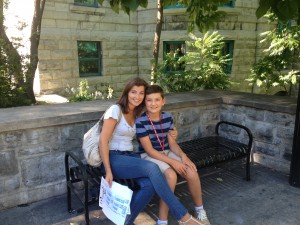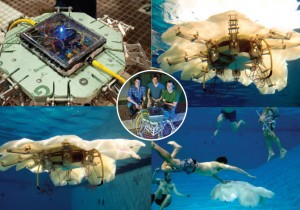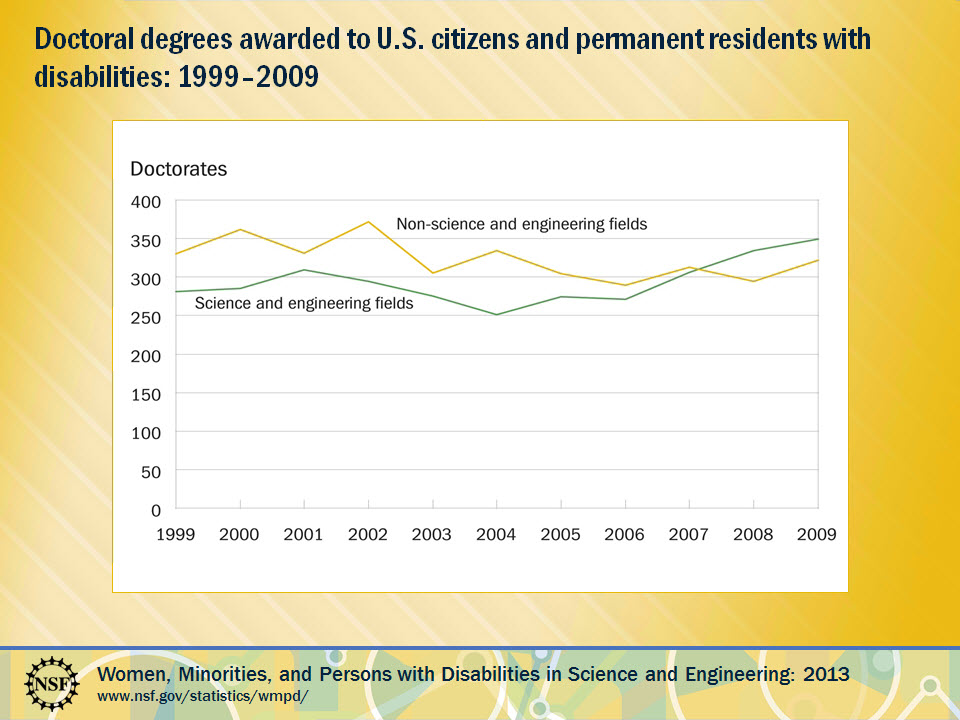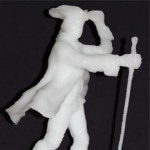 McGill is about to launch ATOC185x: Natural Disasters, its second MOOC (Massive Open Online Course), tomorrow and you can register here! The course is publicly available to anyone with an internet connection and interest in some of the most pressing environmental questions of our time:
McGill is about to launch ATOC185x: Natural Disasters, its second MOOC (Massive Open Online Course), tomorrow and you can register here! The course is publicly available to anyone with an internet connection and interest in some of the most pressing environmental questions of our time:
- What makes certain areas more susceptible to earthquakes, ice storms, hurricanes, tornadoes and volcanoes?
- What factors are currently increasing the vulnerability of the world’s population to natural disasters?
- Do natural disasters happen in an isolated manner or can we predict them?
- How can we work together to better mitigate the impacts of natural disasters in the future?
Following in the footsteps of McGill’s first MOOC – “Food for Thought” that kicked off in January 2014 and saw over 30,000 people register, this second MOOC given by volcano expert John Stix from Earth and Planetary Sciences and ice storm expert Professor John Gyakum from Atmospheric and Oceanic Sciences continues to offer education for the masses on important topics that affect all our lives. Want more information on MOOCs? Check out the library’s MOOC subject guide and make sure you catch this next tsunami that is ATOC185x: Natural Disasters!
Image from www.mcgill.ca





